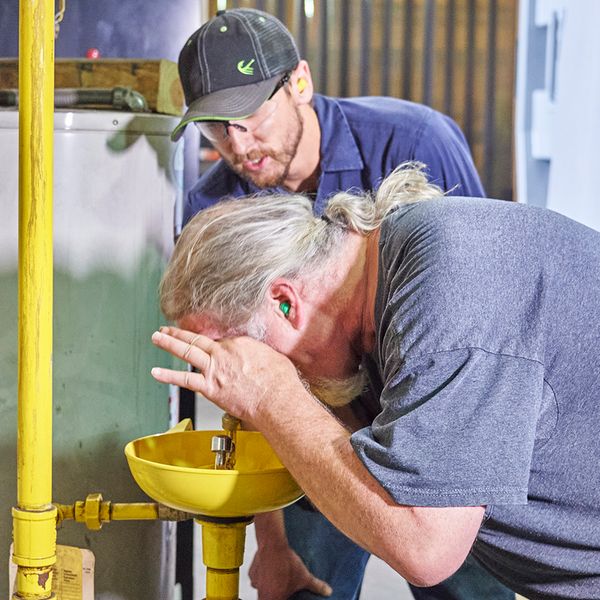Sparking Joy for the Holidays: Lithium Battery Safety Tips
Everyone wants to see that spark of joy in little Timmy’s face when he opens his present and sees an electric scooter or e-bike. However, when shipped, toys and devices powered by lithium batteries are considered hazardous materials by the Pipeline and Hazardous Materials Safety Administration (PHMSA), which regulates the transportation of hazardous materials.
Lithium batteries store a tremendous amount of energy. If not properly handled, they have the potential to explode or cause fires that are hard to put out. Fortunately, there are precautions you can take to prevent lithium battery explosions or fires. Check out these lithium battery safety tips:
Want more articles on lithium batteries? Check out this article on electric vehicles.
Use and care
- Handle your devices with care! Banging, hitting, and otherwise abusing these devices can damage the lithium batteries that power them—dramatically increasing the risk of a fire.
- Whenever possible, use the original manufacturer’s charging cord and follow manufacturer instructions for charging and handling. Mixing power cords between devices can cause the battery to overheat.
- Never leave batteries charging overnight, unattended, on your bed, or near a couch.
- Do not continue to charge the battery once it is fully charged.
- Store batteries away from heat sources or fires.
Shipping
- Follow all U.S. Postal Service (USPS) and PHMSA requirements, including USPS Publication 52 and the Hazardous Materials Regulations.
- Protect lithium cell/battery from short circuits, meaning protect the terminals.
- Surround the battery with non-metallic material.
- Pack the battery to prevent it from shifting inside the package.
- Mark the package with the lithium battery handling marking or hazmat label as required, including the applicable proper shipping name and/or UN number.
- Always declare lithium batteries shipments to the carrier.
- Beware of counterfeits! Counterfeit batteries are often not tested to the required standards and present greater risks of fire. To verify that a product is not counterfeit, contact the manufacturer for the test report.
Disposal
- Never throw lithium batteries into the trash.
- Take lithium batteries to your local battery recycler or hazardous waste collection center.
Need help finding a place to dispose of or recycle your lithium battery? Refer to the U.S. Environmental Protection Agency’s (EPA) webpage for locating appropriate disposal and recycling channels in your area: https://www.epa.gov/recycle/used-household-batteries.
In an emergency
Damaged, defective, or recalled batteries have greater potential than undamaged lithium batteries to short circuit, release heat, or even to cause a fire. These fires can spread rapidly, reignite, and are difficult to extinguish. Signs that your battery may be faulty and prone to fire include:
- Intense heat that does not dissipate quickly.
- Odor, leaks, changes in color, or noises emanating from the battery.
Small lithium battery fires may be extinguished using a dry chemical or Class D fire extinguisher. Remember, using water on a lithium battery fire may not prevent a battery from burning and spreading. For larger lithium battery fires or if you don’t feel comfortable trying to put out a small lithium battery fire, call 911.
Key to remember: Most toys and electronics are powered by lithium batteries, which are regulated as hazardous materials by PHMSA. Make sure you follow all safety and regulatory requirements for lithium batteries, so your holidays don’t go up in flames.




















































